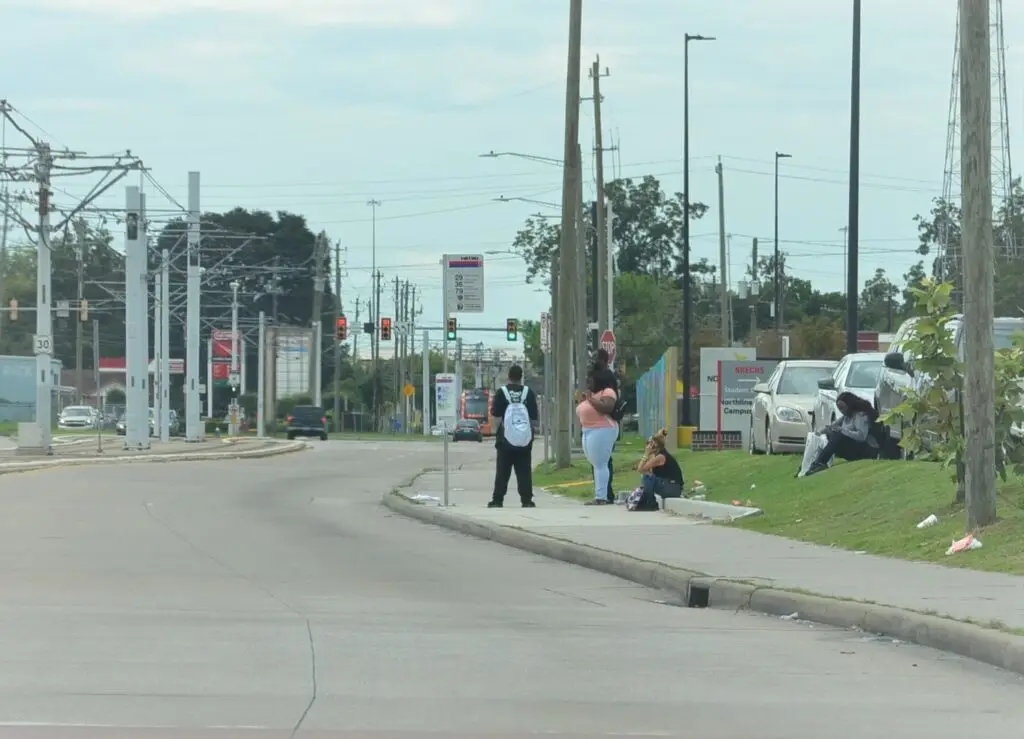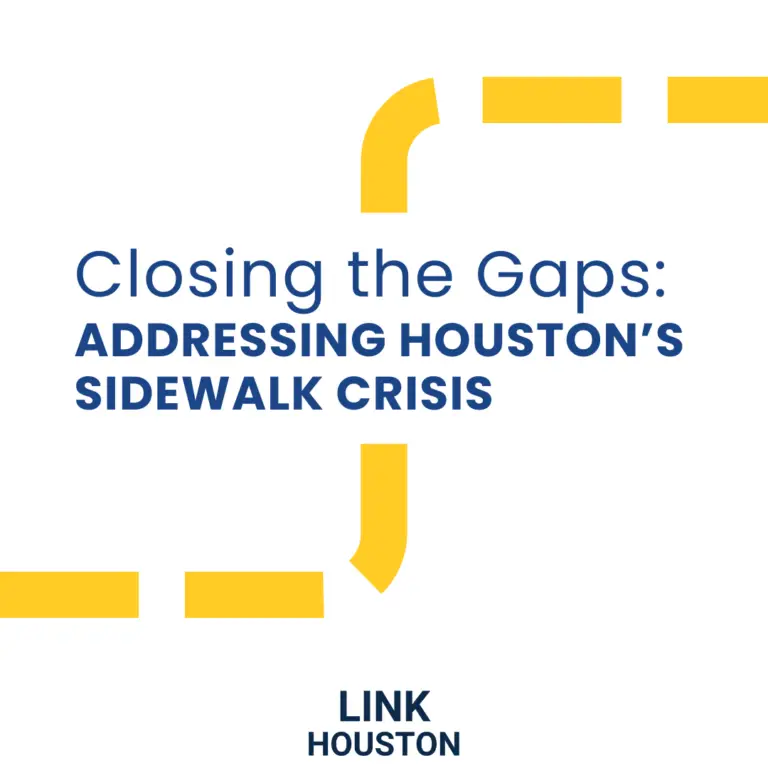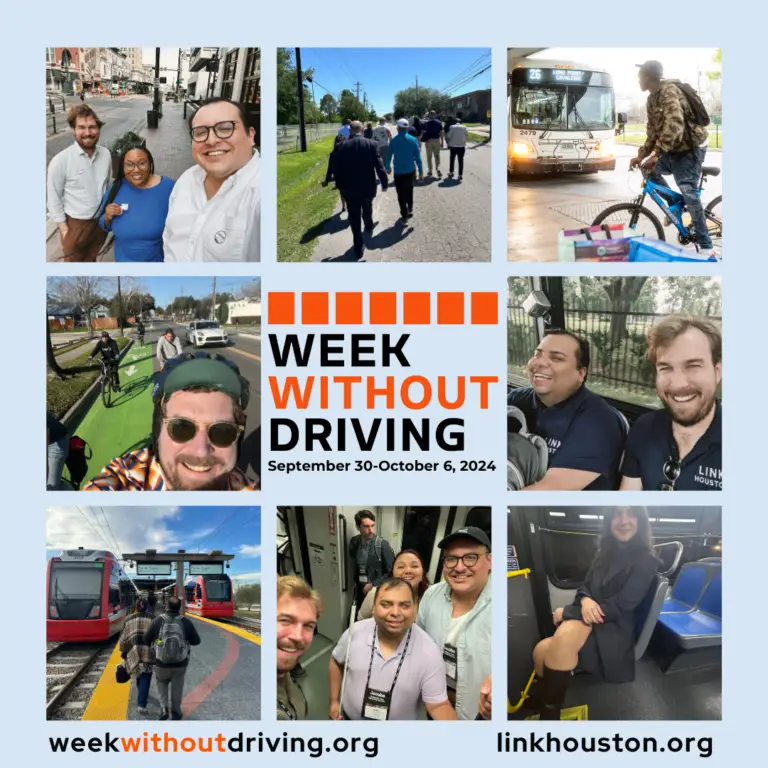[fusion_builder_container admin_label=”” hundred_percent=”no” hundred_percent_height=”no” hundred_percent_height_scroll=”no” hundred_percent_height_center_content=”yes” equal_height_columns=”no” menu_anchor=”” hide_on_mobile=”small-visibility,medium-visibility,large-visibility” status=”published” publish_date=”” class=”” id=”” background_color=”” background_image=”” background_position=”center center” background_repeat=”no-repeat” fade=”no” background_parallax=”none” enable_mobile=”no” parallax_speed=”0.3″ video_mp4=”” video_webm=”” video_ogv=”” video_url=”” video_aspect_ratio=”16:9″ video_loop=”yes” video_mute=”yes” video_preview_image=”” border_size=”” border_color=”” border_style=”solid” margin_top=”” margin_bottom=”” padding_top=”30px” padding_right=”” padding_bottom=”30px” padding_left=””][fusion_builder_row][fusion_builder_column type=”1_1″ layout=”1_1″ spacing=”yes” center_content=”no” link=”” target=”_self” min_height=”” hide_on_mobile=”small-visibility,medium-visibility,large-visibility” class=”” id=”” background_color=”” background_image=”” background_position=”left top” undefined=”” background_repeat=”no-repeat” hover_type=”none” border_size=”” border_color=”” border_style=”solid” border_position=”all” padding_top=”” padding_right=”” padding_bottom=”” padding_left=”” margin_top=”0px” margin_bottom=”0px” animation_type=”” animation_direction=”left” animation_speed=”0.3″ animation_offset=”” last=”no”][fusion_text columns=”” column_min_width=”” column_spacing=”” rule_style=”default” rule_size=”” rule_color=”” hide_on_mobile=”small-visibility,medium-visibility,large-visibility” class=”” id=””]
Public transit is the backbone of any major metropolis, connecting thousands of people to jobs and services, and moving the local economy. In Houston, people make about 285,000 trips using transit each weekday, making transit an integral part of the city’s connectivity.
For many Houstonians, especially those who live in under-resourced communities, public transit is the only option to access employment, education, medical care, healthy food, and other opportunities. Lack of safe and affordable transportation options exacerbates barriers to such opportunities, risking the resilient future of Houston for which we all hope.
The Metropolitan Transit Authority of Harris County (METRO) is in the midst of finalizing its long-range plan, called METRONext Moving Forward, to improve transit and mobility in the future. The proposed improvements include projects and network enhancements that will increase access to public transit and connect more people to more places. In November, METRO plans to ask voters to approve a $3.5 billion bonding measure to invest in our region’s and communities’ future over the next 20 years. Note: the bond measure enables METRO to borrow against future tax revenue and does not introduce any new tax or fee.
Through LINK Houston’s research and community engagement, we examined factors to improve equity in the local bus and rail network and provided recommendations to METRO for improved frequency, reliability, accessibility, and extension of service hours to help ensure that the long-range plan also benefits under-resourced communities. According to our Equity in Transit report, 984,000 Houstonians need more affordable transportation options to access opportunity. If we ensure that our most vulnerable communities have less barriers to achieving a good quality of life, we’ll ensure that all of Houston continues on a path to a resilient future.
As conversations at public meetings and METRO Board meetings about the long-range plan slowly draw to an end over the summer, and the agency inches closer to a final plan, we must not forget that public transit is about safely and affordably connecting people to places that make lives better.
This means that places like Gulfton – a densely populated neighborhood where car-ownership is low, transit-ridership is high, and people often run errands without stepping inside a car – should be at the top of the list for a community connector that residents can rely on to access services and commercial centers within the neighborhood. Currently, some residents spend over an hour traveling in a two-mile radius via multiple buses to reach their daily destinations. A community connector, designed to serve key destinations within a neighborhood (such as a shopping center, post office, or a health clinic) would significantly improve frequent access to opportunity for residents of Gulfton.
In addition to new services like community connectors that improve the frequency and accessibility to key neighborhood destinations, there is also a need to re-examine the existing grid to ensure that communities can get on and off the bus as close to important locations as possible. Teachers, parents heading to public meetings, as well as students who do not live within the attendance zone for school busing should have the option to access frequent and reliable public transit to reach significant community destinations like schools. For example in Northeast Houston, staff, families, and students affiliated with Patrick Henry Middle School would significantly benefit from improved public transit service. Currently, some students don’t have a choice but to walk for an hour along high-speed roads with non-existent pedestrian infrastructure in the heat, rain, or the cold so that they can get to school on-time. Investments in public transit service improvements to better connect people to opportunities (such as education) should be a top priority.
Another top priority is making sure that people with disabilities are able to safely navigate to bus stops and are treated with dignity and respect as they board a bus or a train to get to a medical appointment or simply to go see a movie. METRO is committed to universal accessibility and should include more detailed information about modifications to sidewalks, streets, and bus stops so that the public is better aware of such plans. Universal accessibility goes beyond making a bus compliant with the American Disabilities Act (ADA); it means anyone – of any disability, age, or size – should be able to navigate the transit network, reach the stop or platform, and get onto the bus or train.
For people who work hourly jobs and need to arrive at work very early or return home late, a long-range plan needs to include investments for extended service hours so that anyone can access work at different times-of-day. No one should lack a steady income because they are not able to get to work due to poor transportation options.
Transportation is key to opportunity access. People rely on different modes of transportation to get to their daily destinations. Public transit is a crucial mode that connects thousands of people to where they need to go every day. As we move forward on a long-range plan designed to get more people to more places, we have to make sure that the benefits and the burdens of such a plan are distributed fairly so that the investments we make provide a truly equitable public transit network for all to access opportunity.
LINK Houston
MAY 14, 2019
[/fusion_text][fusion_separator style_type=”default” hide_on_mobile=”small-visibility,medium-visibility,large-visibility” class=”” id=”” sep_color=”” top_margin=”5%” bottom_margin=”” border_size=”” icon=”” icon_circle=”” icon_circle_color=”” width=”” alignment=”center” /][/fusion_builder_column][/fusion_builder_row][/fusion_builder_container]






